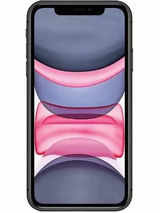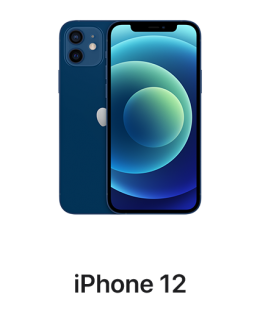
The notch remains on the display, housing all the elements of the Face ID sensor. The phone’s sides are flat (rather than rounded) and the back is smooth. These new models sport a look that’s not too dissimilar to the iPad Pro, and they’re certainly inspired by the iconic iPhone 5.
Apple compare iphone 12 and 12 pro pro#
Both the iPhone 12 and iPhone 12 Pro boast the new design languageĪpple has finally overhauled the design of its iPhone, ditching the iPhone X look we’ve had for a number of years now.

While both handsets come with 6GB and 128GB, 256GB and 512GB storage options, the iPhone 13 Pro Max also has a gargantuan high-end 1TB variant for media hoarders and power users. A 16-core Neural Engine also means that machine learning skills are boosted too, unlocking iOS features like Live Text in Camera and a 3D Maps navigation feature.Ĭompared to the likes of the iPhone 12 Pro Max’s A14 Bionic processor, the gap is less, and while the newer handset obviously wins out on raw power, you could happily use the iPhone 12 Pro Max without feeling that you’re short of power. The iPhone 13 Pro Max's A15 Bionic chip boasts a six-core CPU and four high-efficiency cores which were 50 per cent faster than the competition at time of launch, while the new GPU was 30 per cent faster than rivals. It’s no surprise to hear that the iPhone 13 Pro Max (along with its mini, 13, and 13 Pro siblings) was – at time of launch – the fastest iPhone ever made, not to mention the most powerful smartphone in the world when it comes to raw specs. iPhone 13 Pro Max vs iPhone 12 Pro Max: power You can, impressively, also change the focus of a previous recording, which could be game-changing for mobile creators, though will probably be an underused feature for the average casual user.

Apple compare iphone 12 and 12 pro manual#
There are noticeable improvements with video too, with the iPhone 13 Pro Max featuring a Cinematic Mode that has a rack focus and manual focus feature that adds a more professional quality to your shots. Not only that, but you can also capture macro shots on the 13 Pro Max thanks to the ultra-wide camera’s new auto-focus system that lets you capture subjects just 2cm away. This means that low-light shots are noticeably better on the newer iPhone 13 Pro Max compared to the 12 Pro Max.

More exciting perhaps is the fact that thanks to its larger sensor, the 13 Pro Max’s main camera now captures up to 2.2x more light for both photos and videos, while the ultra-wide camera sucks in a whopping 92 per cent more light. The ultra-wide camera on the 13 Pro Max has an f/1.8 aperture versus its predecessor's f/2.4 camera, while the telephoto camera on the iPhone 13 Pro Max has 3x optical zoom, versus 2.5x on the 12 Pro Max. For starters the main wide camera has an f/1.5 aperture on the iPhone 13 Pro Max, versus the f/1.8 aperture on the iPhone 12 Pro Max. The iPhone 13 Pro Max comes with some noticeable camera changes. iPhone 13 Pro Max vs iPhone 12 Pro Max: camera if you’re simply reading static text).Īnother key difference is the brightness, with the iPhone 12 Pro Max offering a 28 per cent brighter display, which makes for better visibility outdoors on sunny days. This prevents any extra battery from being used up on a faster refresh rate for no reason (e.g. The main thing you’ll notice is a difference in smoothness when scrolling, and while not a total game-changing improvement, it’s the sort of subtle feature you won’t want to give up if you’ve become accustomed to it.īeyond the faster refresh rate, the iPhone 13 Pro Max also has Apple’s ProMotion feature, which means it can adjust its refresh from 120Hz to as low as 10Hz, depending on what you’re using your phone for. While the iPhone 13 Pro Max has the same 6.7-inch screen size and 1284 x 2778 resolution, it trounces the iPhone 12 Pro Max’s 60Hz refresh rate with a 120Hz screen. We’ve already covered the iPhone 13 Pro Max’s smaller notch, but there’s an even more important difference between the two OLED screens under the hood.


 0 kommentar(er)
0 kommentar(er)
